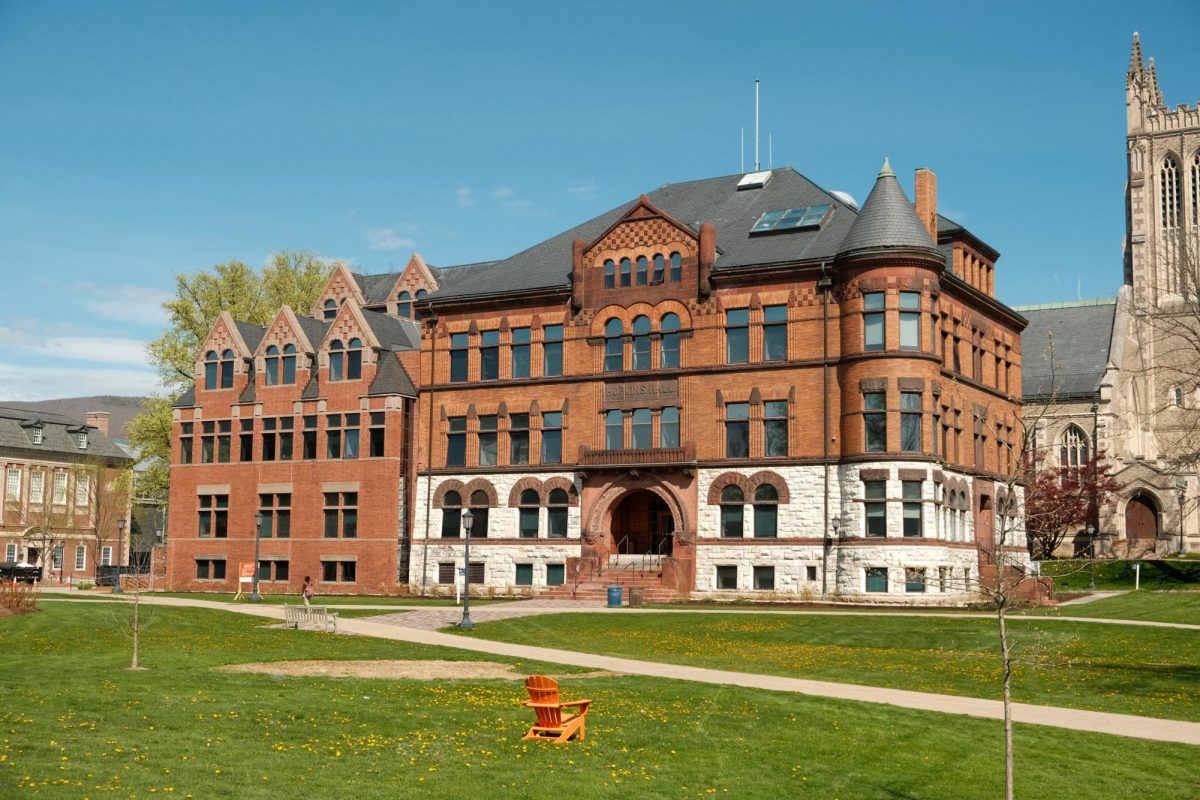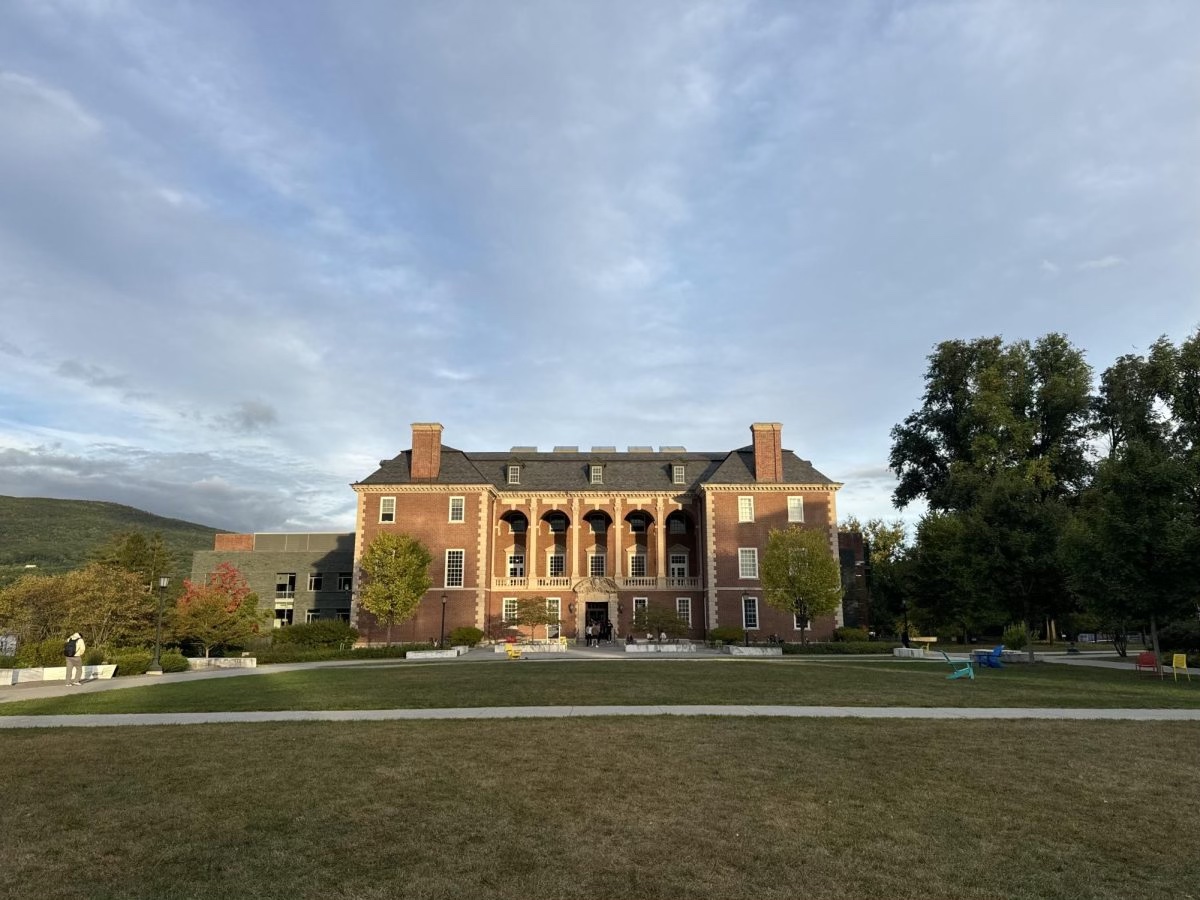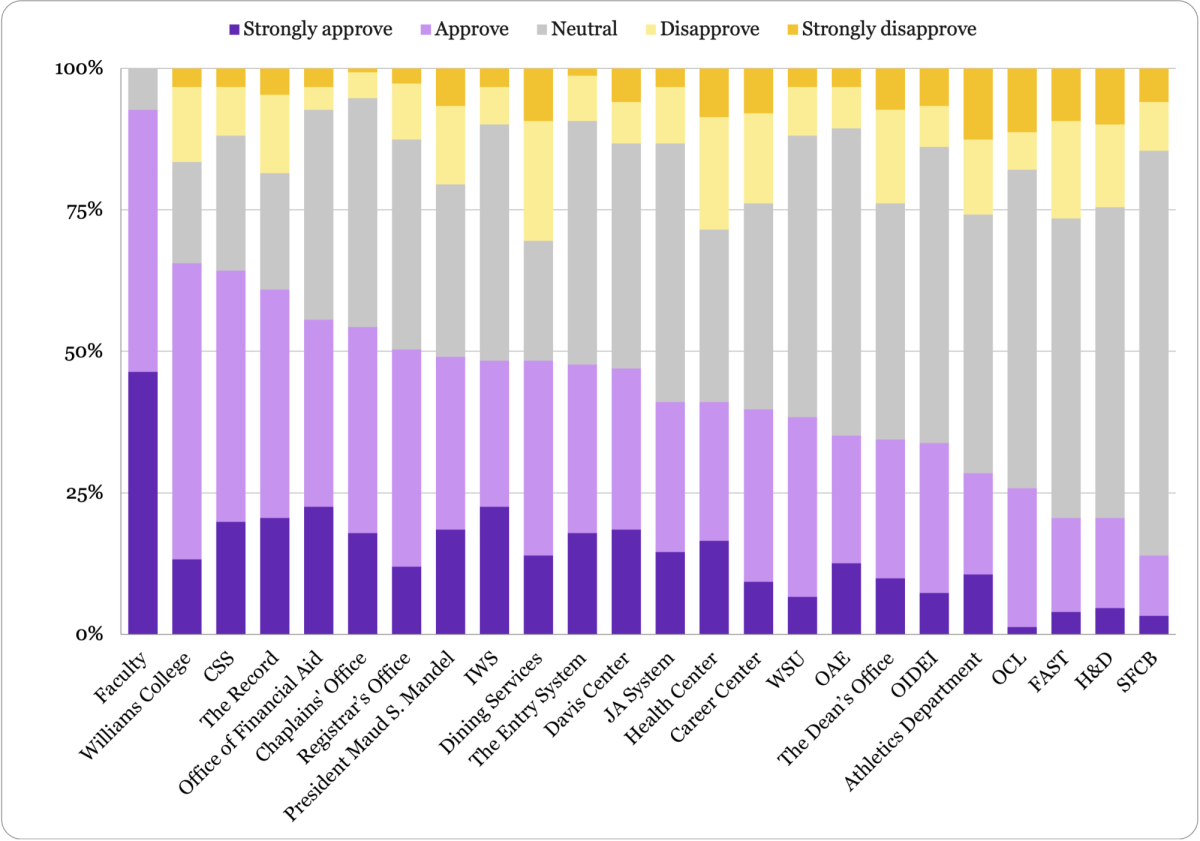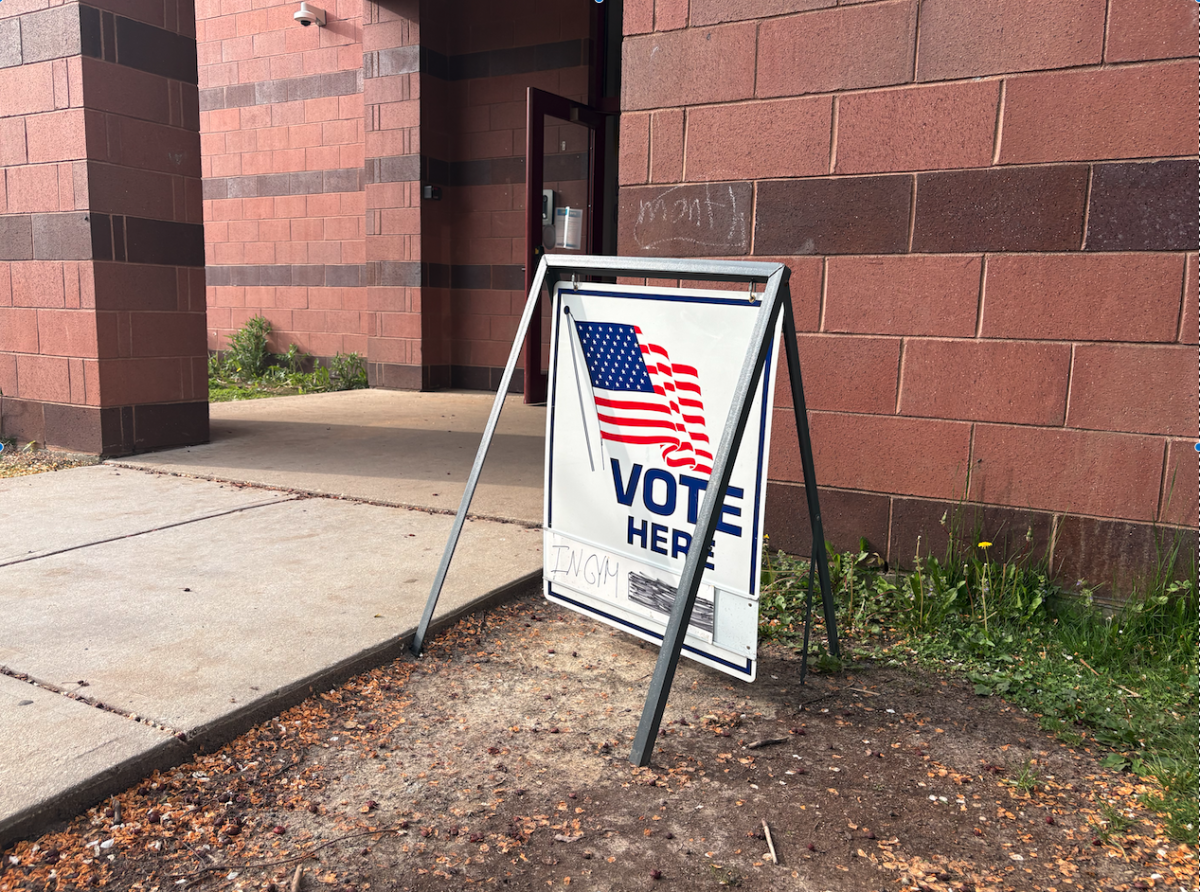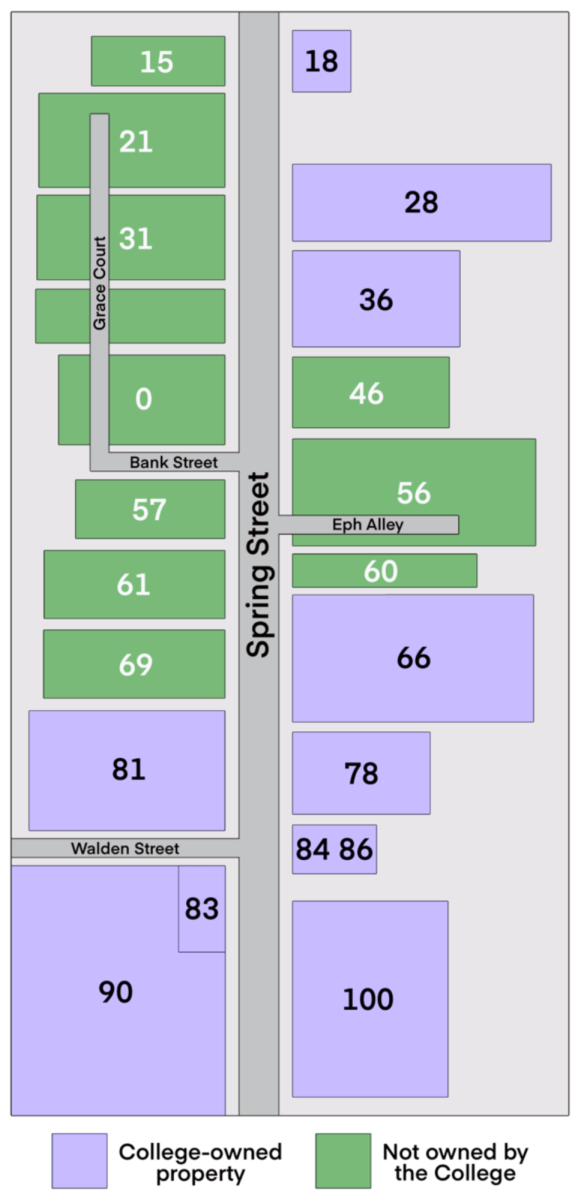College sets speed limit, improves crosswalk near Tyler in response to student concerns
November 2, 2022
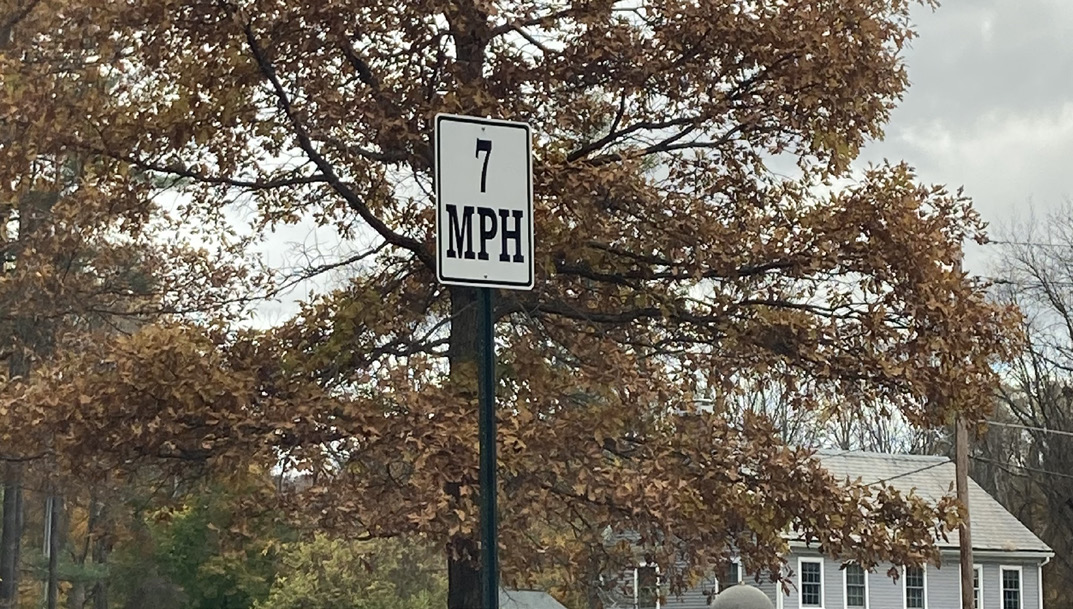
The College will upgrade crosswalk infrastructure on Park Street near Tyler House and Tyler Annex and has set the speed limit to 7 miles per hour on the driveway leading to Tyler in response to student concerns about speeding cars and poor visibility on Park Street and the driveway.
Tyler Annex’s recent conversion to first-year housing has underscored safety hazards and drawn attention to residents’ needs. Lamia Haque ’25, the Housing Coordinator for nearby Tyler House, said that “there have been a lot more people walking back and forth [on the driveway], because … first-years tend to leave their dorms more often than upperclassmen,” lending greater urgency to safety concerns. According to Josh Kirschner ’24, who is a Junior Advisor (JA) to the Tyler Annex entry, “[the conversion] gave the College the opportunity to assess what is and is not working for the dorm.” Kirschner added that he and his fellow JAs have been discussing how to make the building “more amenable to live in” with the College since the beginning of this year.
Originally, the JAs sought prioritization for snow plowing in the winter. “It’s a slippery hill, and it’s not that well-lit, [so there were] concerns about slipping and falling,” Kirschner said. However, other safety concerns arose with the start of the year, namely that cars on the driveway and on Park Street were moving at dangerously high speeds.
Unlike many pedestrian crossings elsewhere on campus, the crosswalk across Park Street leading to Tyler House and Annex lacks Rectangular Rapid-Flashing Beacons — devices that flash lights at crosswalks at the push of a button to help drivers see pedestrians.
For first-years and JAs who live in Tyler Annex, the lack of signage raises safety concerns. Kirschner said that cars move a bit faster on the northern part of Park Street than they do closer to the center of campus. “We had frosh expressing concerns that, at night … cars don’t see them,” he said. Leo Margolies ’26, a first-year living in Tyler Annex, echoed Kirschner’s sentiment and said that crossing Park Street at night without safety precautions feels hazardous, especially given that Tyler Annex is far from the center of campus. “By the time drivers have gotten [there], they might not know that students are crossing,” he said.
Vice President for Finance and Operations Mike Wagner said the College will build an improved crosswalk from Tyler House and Annex which will be “like the one on Park Street” near Paresky. “It’ll have a crosswalk and blinking lights,” he said, “but [the signs] won’t need to be wired into the electric grid” like those on Route 2. In an email to the Record, Wagner wrote that, since the crosswalk to Tyler lies on College property, the College did not have to seek formal Town planning approval for the improved signs, which will be constructed in the next six weeks, and is bearing the project’s cost itself. While the flashing signs on Route 2 were installed by the Town and funded largely from a federal grant, the ones on Park Street behind Paresky Center were also built by the College.
Wagner wrote that Facilities will also check the 22 “high/low” lights, which automatically brighten when a pedestrian approaches, on the driveway and parking lot to make sure that they are functioning correctly.
Worries about pedestrian safety, however, were not limited to Park Street. Kirschner said that first-years also expressed concerns about cars speeding down Tyler driveway. “The bend in the [driveway] is narrow, and you can’t see around it, so slowing the cars down felt … safe,” he said.
“People do speed,” Haque said. “I have sometimes been a bit afraid of drivers … not seeing someone.”
To address these concerns, the College has set a speed limit at 7 miles per hour on the driveway to Tyler House and Annex and installed signage indicating the new maximum. Previously, there had not been a formal speed limit posted on the driveway. With the speed limit, “it should be much easier to see people when going down the hill,” Haque said.



